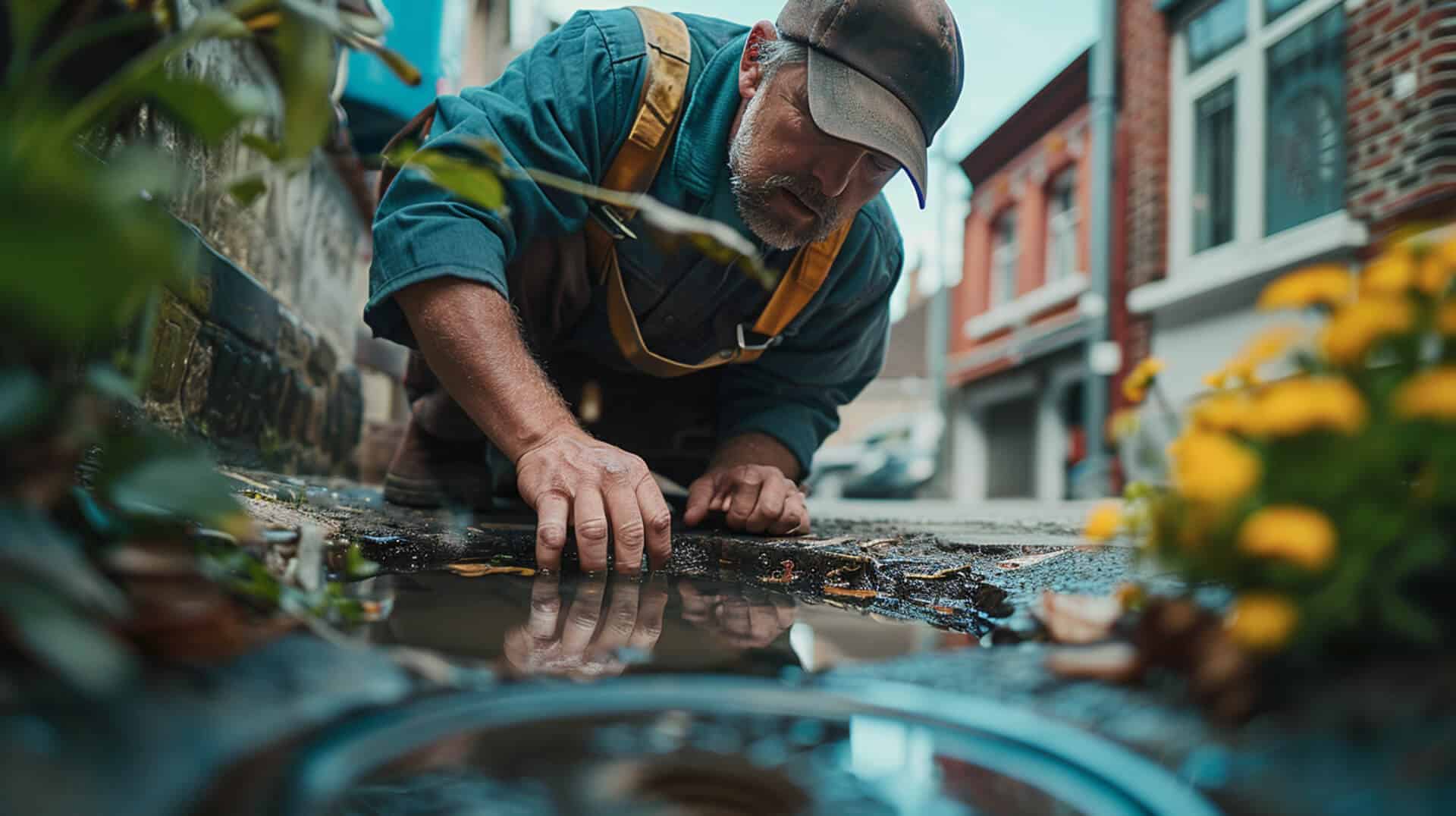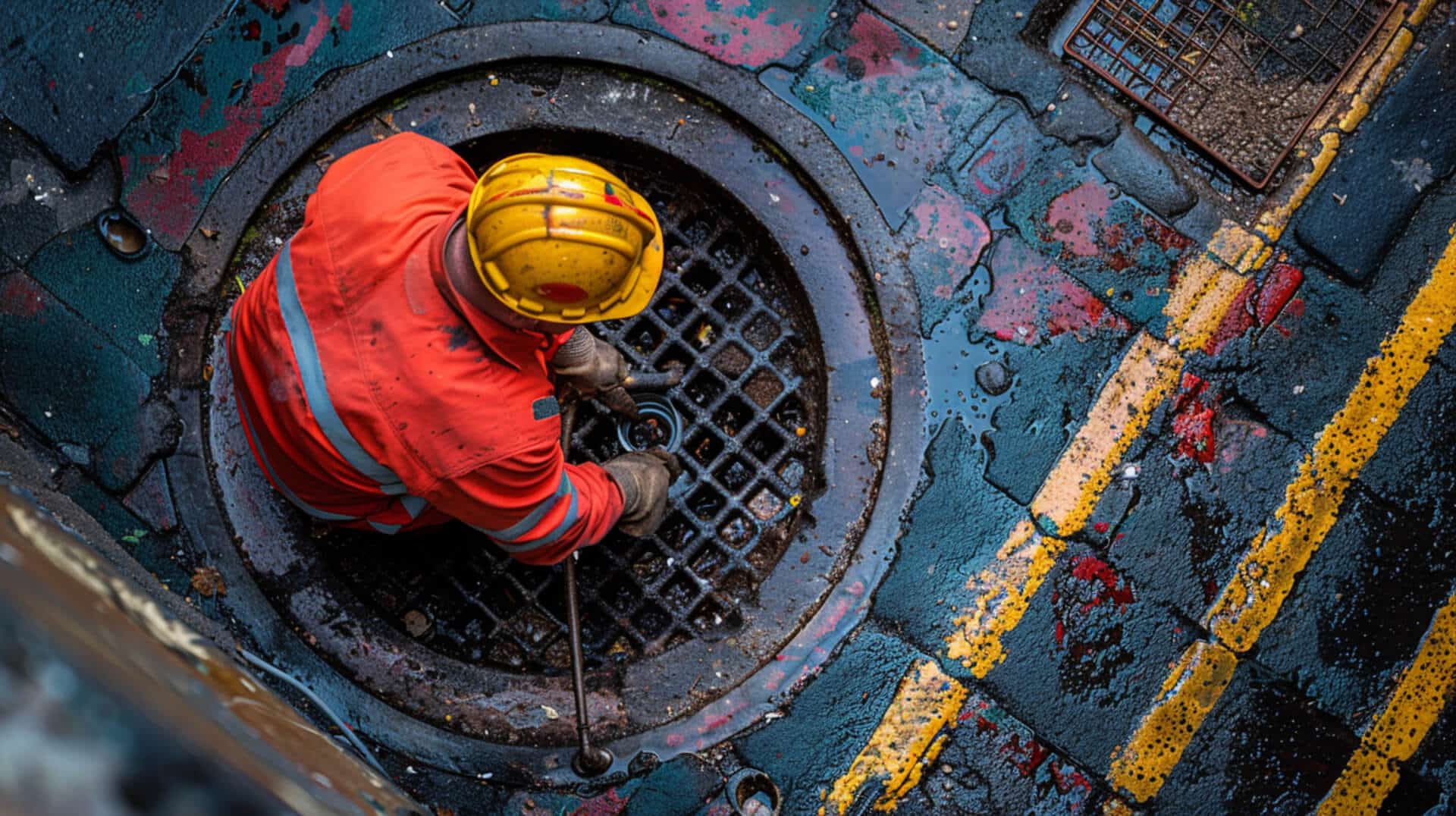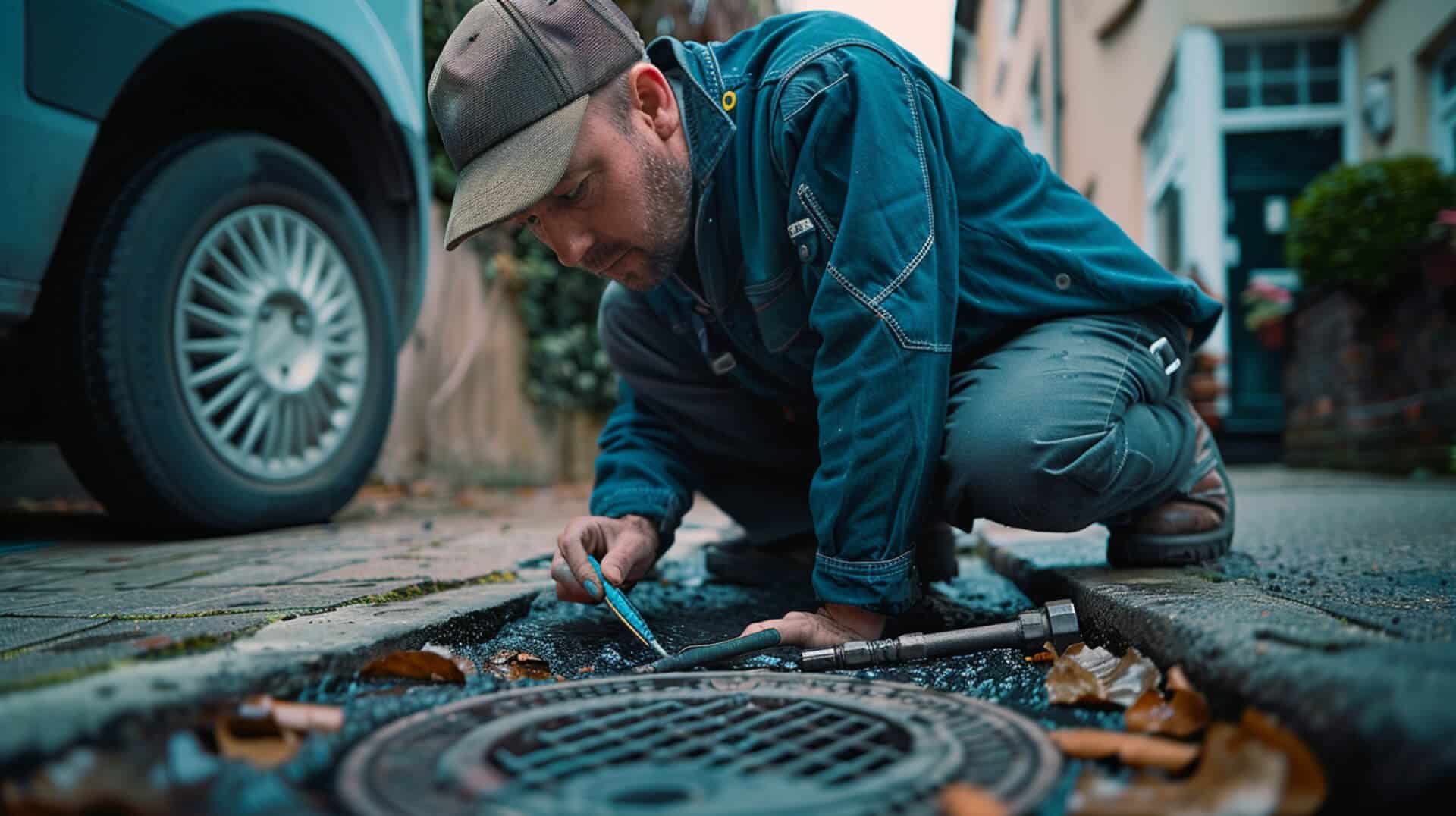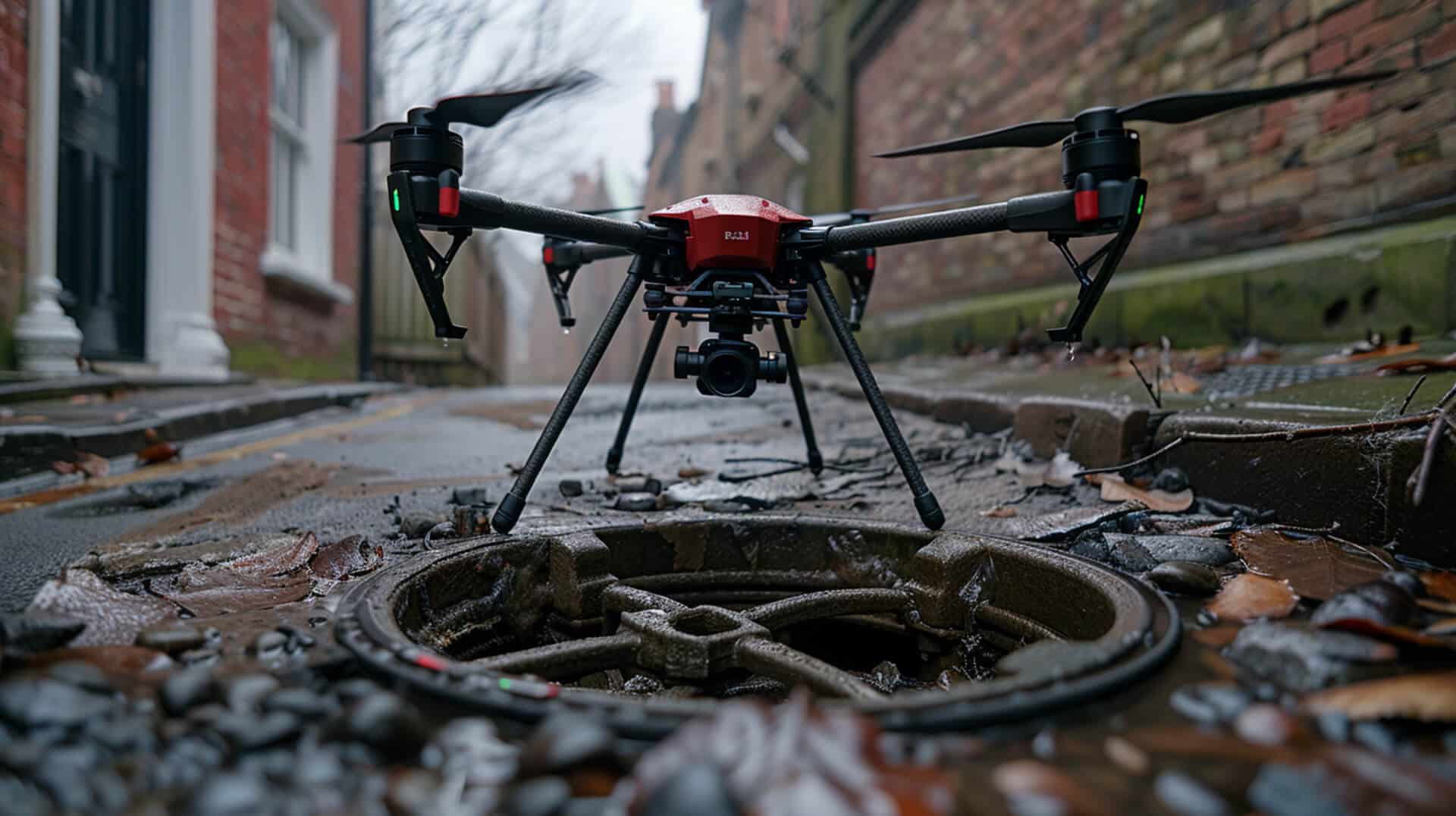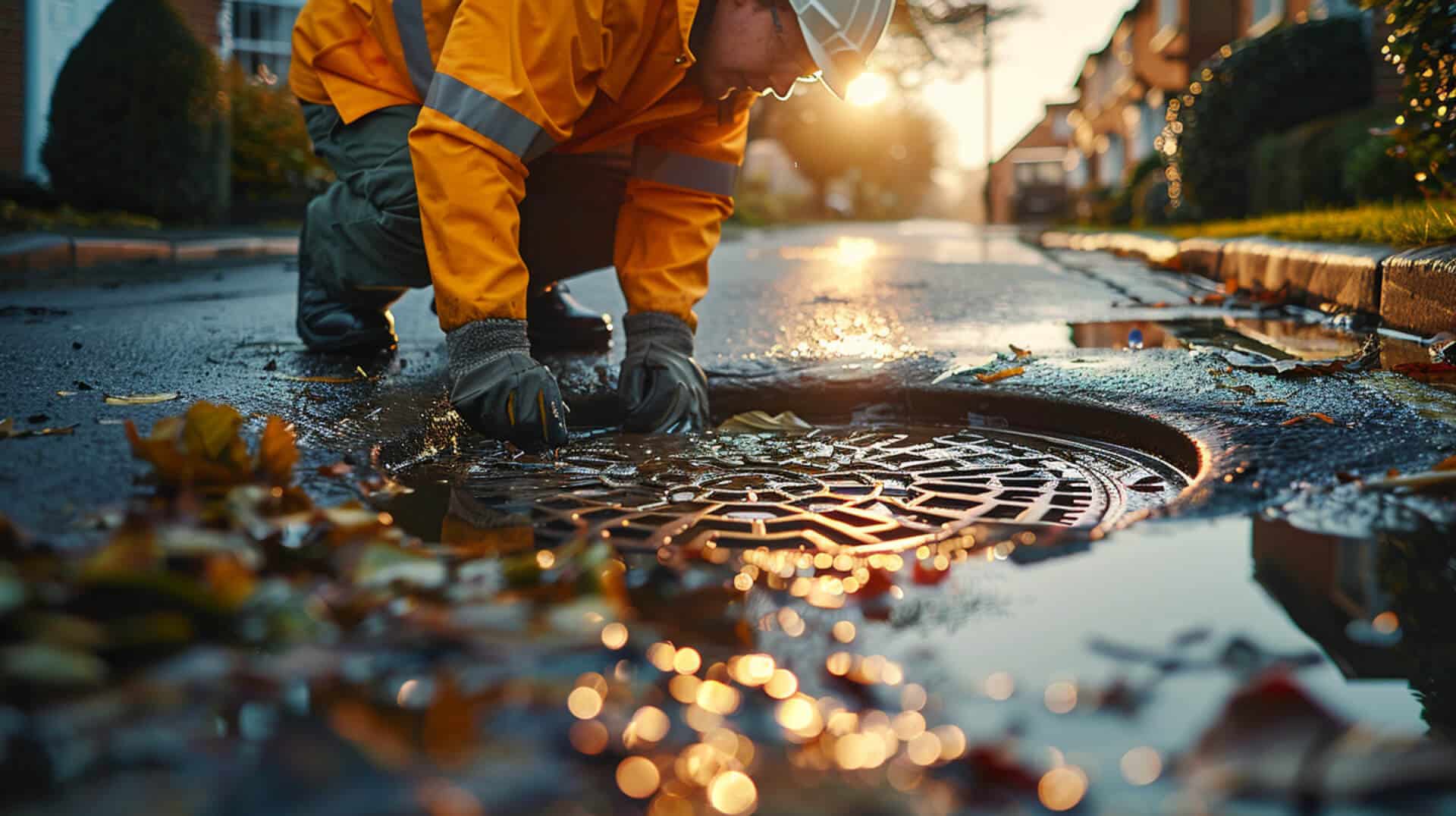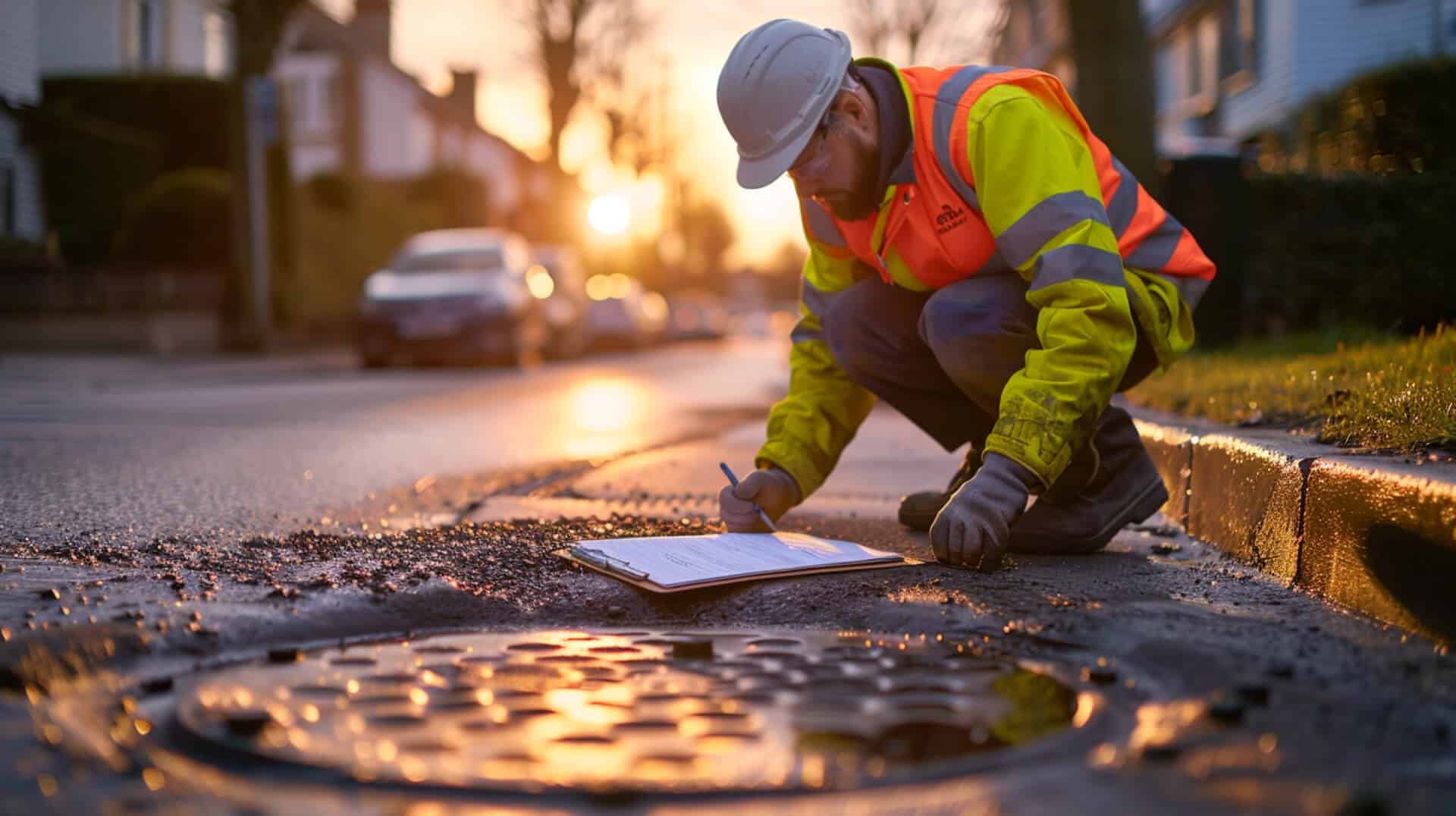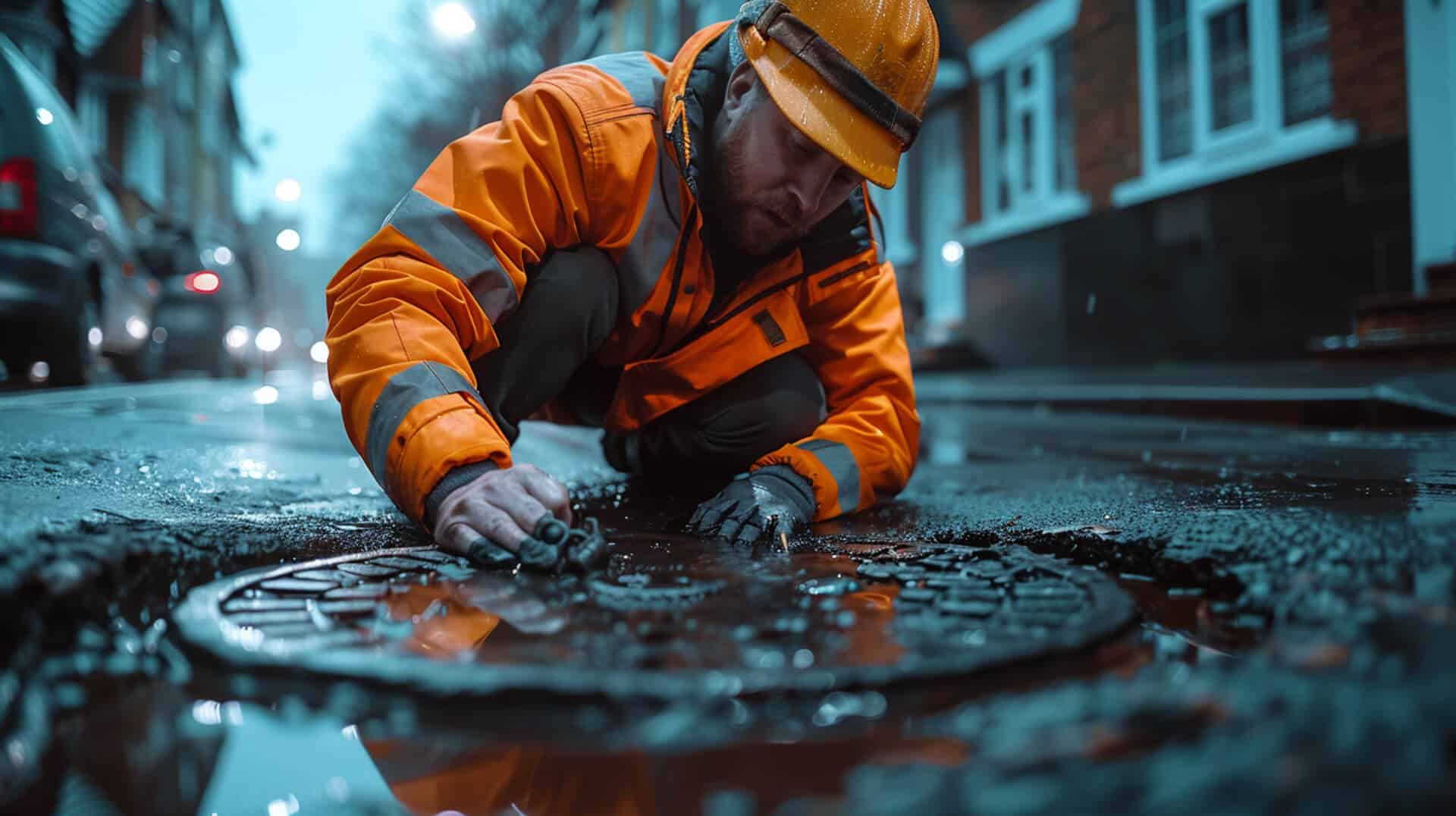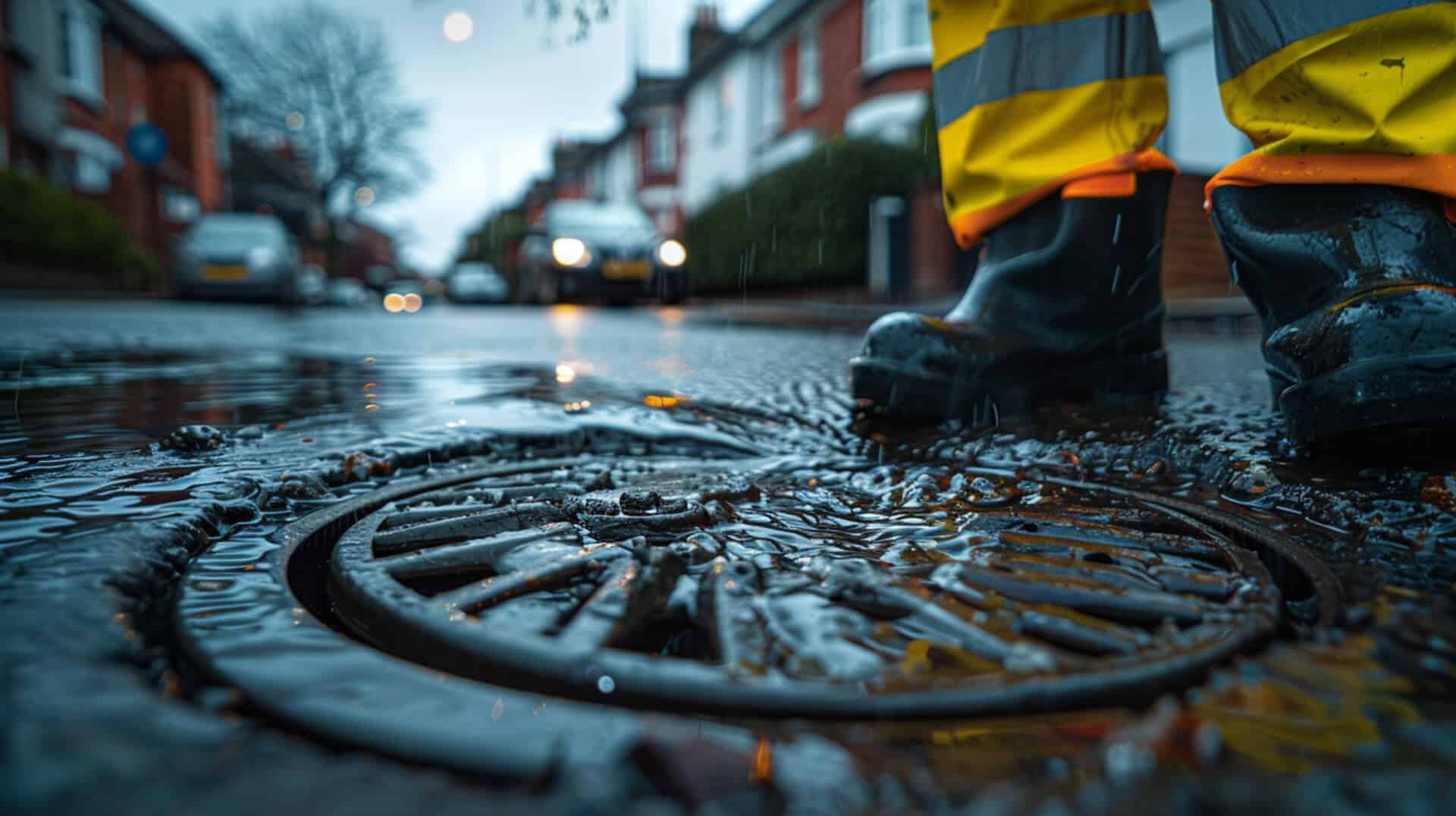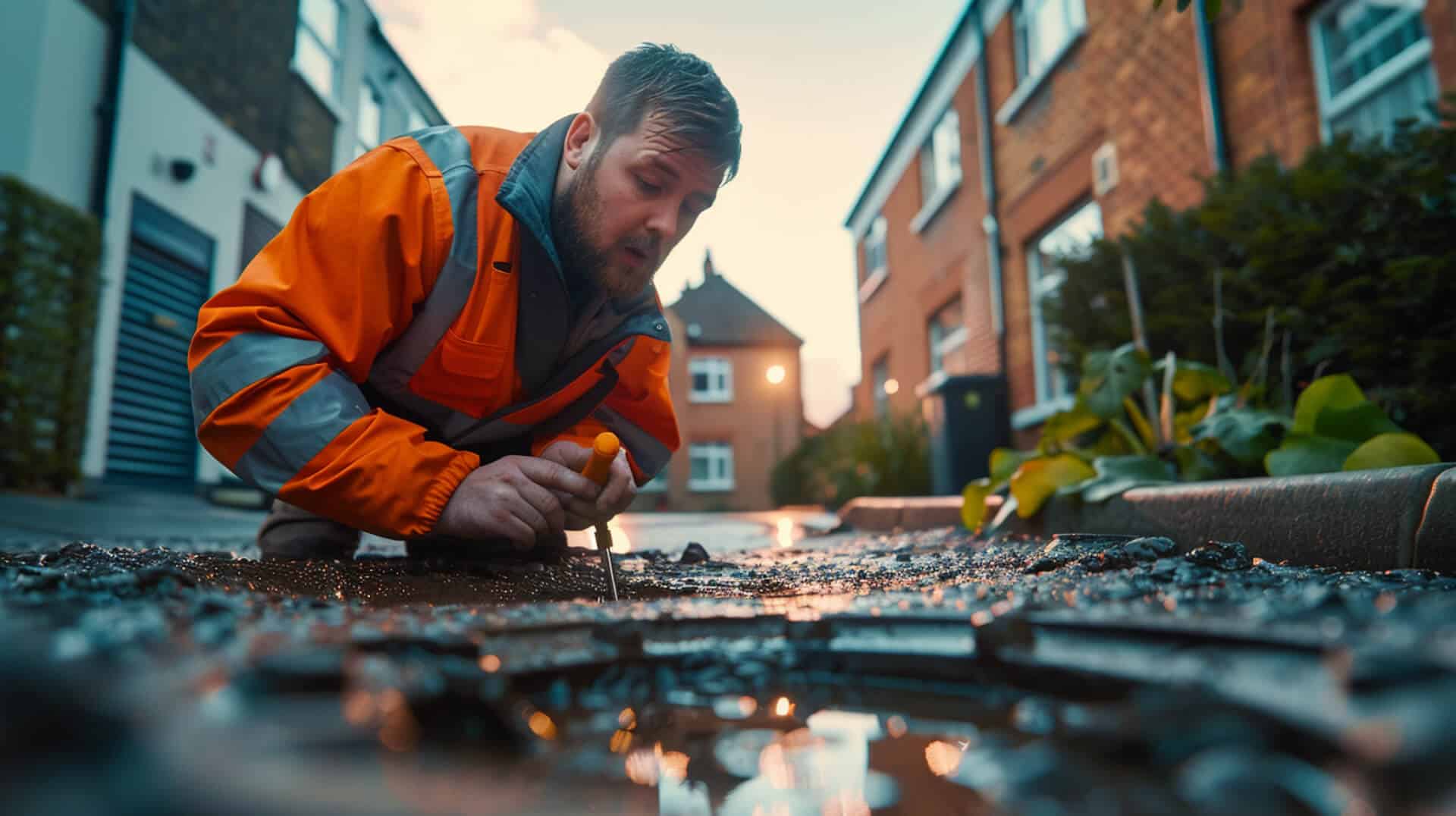 How Often Should Manholes Be Inspected
How Often Should Manholes Be Inspected

Manhole inspections are a critical component of urban infrastructure management. They ensure the proper functioning of wastewater and stormwater systems, which are vital for maintaining public health and environmental safety. Regular inspections help identify potential issues before they escalate into serious problems, such as system blockages or failures that can lead to flooding or environmental contamination.
The Role of Manholes in Urban Infrastructure
Manholes provide access to underground utilities, allowing for the inspection, maintenance, and repair of sewer systems. They are strategically placed to offer entry points for service personnel to conduct necessary evaluations and interventions, ensuring that drainage systems operate efficiently.
Environmental Impact on Inspection Schedules
Environmental factors, such as weather conditions and groundwater levels, significantly influence the need for manhole inspections. For instance, wet weather can increase the risk of system overflows, making the November-May period optimal for inspections due to higher groundwater management needs during these months.
Consequences of Inadequate Inspections
Neglecting regular manhole inspections can lead to severe consequences, including public safety hazards, structural damage, and increased costs due to emergency repairs. It is essential for property owners, business owners, and facility managers to adhere to recommended inspection schedules to mitigate these risks and maintain the integrity of the urban drainage system.
Understanding Inspection Frequency Guidelines
Manhole inspections are a critical component of urban infrastructure maintenance, ensuring the safety and functionality of underground utilities. The frequency of these inspections is influenced by several factors, which are essential for property owners, business owners, and facility managers to understand.
General Guidelines for Inspection Frequency
Regular manhole inspections are recommended to occur every three months or as necessitated by specific conditions. This routine is established to prevent issues such as clogging, overflow, and to mitigate safety hazards.
Impact of Traffic Volume and Location
The location of a manhole and the volume of traffic it endures can necessitate adjustments to the inspection schedule. High-traffic areas may require more frequent inspections due to increased wear and potential for damage.
Optimal Period for Inspections
There is a designated optimal period for manhole inspections, typically from November to May. This timeframe is chosen based on weather conditions that can affect groundwater levels and the overall accessibility for maintenance work.
Regulatory Influence on Inspection Schedules
Inspection schedules are also shaped by regulatory standards, such as those set forth in the UK Building Regulations and other relevant standards. Adherence to these regulations is crucial to ensure compliance and to maintain the integrity of the drainage system.
Seasonal and Environmental Considerations for Manhole Inspections
Understanding the impact of seasonal and environmental factors is crucial for maintaining an effective schedule for manhole inspections. These factors can significantly influence the condition and accessibility of manholes, necessitating adjustments to inspection routines.
Optimal Inspection Periods
The period from November to May is generally considered optimal for conducting manhole inspections. During these months, wet weather conditions can present challenges in groundwater management, making it essential to assess the structural integrity and functionality of underground utilities.
Environmental Factors Influencing Inspection Frequency
Environmental conditions such as heavy rainfall, flooding, or extreme temperatures can necessitate more frequent inspections. These events can lead to increased stress on the drainage system, highlighting the need for vigilant monitoring to prevent system failures.
Preparing for Seasonal Inspection Needs
Property owners are advised to be proactive in preparing for the seasonal needs of manhole inspections. This includes scheduling inspections after significant weather events and ensuring that access to manholes is clear from obstructions. By anticipating these needs, you can help ensure the continued safety and efficiency of the drainage system.
Inspection Techniques and Technologies
Advancements in technology have significantly improved the process of manhole inspections, making them safer and more efficient. Understanding the tools and methods used in these inspections can help you ensure that your manhole systems are examined thoroughly and effectively.
Modern Technologies in Manhole Inspections
Manhole inspections have been revolutionised by the introduction of various technologies:
- Closed-Circuit Television (CCTV): Utilised for remote visual inspections, allowing for a detailed examination without entering the manhole.
- Panoramic Cameras: These provide a 360-degree view, ensuring a comprehensive assessment of the manhole’s condition.
- 3D Modelling: Offers a precise representation of the manhole’s interior, aiding in the detection of structural issues and planning of repairs.
Impact of Technology on Inspection Outcomes
The use of CCTV and panoramic cameras has greatly enhanced the accuracy of manhole inspections. These tools allow for the identification of potential issues that might not be visible to the naked eye, such as small cracks or early signs of wear and tear.
The Role of 3D Modelling
3D modelling is becoming increasingly important in manhole inspections due to its ability to create detailed representations of complex environments. This technology aids in planning maintenance and repairs, potentially reducing the frequency of hands-on inspections.
Technology’s Influence on Inspection Frequency
With these advanced technologies, the need for physical entry into manholes is reduced, which can extend the intervals between inspections. However, the decision to adjust inspection frequency should always be based on a thorough analysis of inspection data and in compliance with regulatory standards.
Safety Protocols for Manhole Inspections
Ensuring the safety of personnel during manhole inspections is paramount. Manhole environments can pose various risks, which necessitate strict safety protocols and specialised training.
Identifying Key Safety Risks
During manhole inspections, personnel may encounter several safety risks:
- Confined Spaces: Limited manoeuvrability and potential for entrapment.
- Slip, Trip, and Fall Hazards: Wet or uneven surfaces inside the manhole.
- Oxygen Depletion: Reduced oxygen levels in enclosed spaces.
- Toxic Gas Accumulation: Presence of hazardous gases such as methane or hydrogen sulphide.
The Role of Specialised Training
Specialised training is essential for mitigating the risks associated with manhole inspections. Training programmes typically cover:
- Safe Entry Procedures: Ensuring safe access and egress to the manhole.
- Hazard Recognition: Identifying potential risks before and during the inspection.
- Emergency Response: Preparing for and responding to potential accidents.
Importance of Proper Equipment
The right equipment is crucial for safe manhole inspections. This includes:
- Personal Protective Equipment (PPE): Helmets, gloves, and non-slip footwear.
- Gas Detectors: Monitoring air quality for toxic gases.
- Ventilation Equipment: Providing fresh air and preventing gas buildup.
Compliance with Legal Standards
To ensure the safety of inspection personnel, compliance with legal standards is required. This includes regulations set forth by occupational safety authorities and local building codes. Adherence to these standards helps prevent legal and physical risks associated with non-compliance and structural failures.
Legal and Regulatory Compliance in Manhole Inspections
Compliance with legal and regulatory standards is a cornerstone of manhole inspection and maintenance. Understanding these regulations ensures that manhole systems are safe, functional, and legally compliant.
Governing Regulations for Manhole Inspections
Manhole inspections are subject to a variety of regulations designed to safeguard public health and infrastructure:
- UK Building Regulations: These provide a framework for construction and maintenance practices, including those related to manholes.
- BS EN 124: This standard specifies requirements for manhole covers, ensuring they can withstand traffic loads and environmental conditions.
Impact of UK Building Regulations on Inspection Protocols
The UK Building Regulations influence inspection protocols by setting out minimum standards for access, safety, and maintenance. Adherence to these regulations is mandatory for all manhole inspections to ensure the integrity of the drainage system.
Importance of Compliance with Standards
Compliance with standards such as BS EN 124 is crucial for several reasons:
- Safety: Ensures that manhole covers are safe for public use.
- Durability: Guarantees that covers can endure the stresses of traffic and environmental exposure.
- Interoperability: Facilitates the integration of different components within the sewage system.
Consequences of Non-Compliance
Failing to comply with the relevant regulations can lead to significant consequences:
- Legal Repercussions: Non-compliance can result in fines, legal action, and enforced remediation.
- Safety Hazards: Inadequate inspections can lead to accidents, posing risks to the public and workers.
- System Failures: Neglecting regular inspections can cause drainage system malfunctions, leading to costly repairs and environmental damage.
Roles and Responsibilities in Manhole Management
Determining who is accountable for manhole inspections is essential for the upkeep of urban drainage systems. The responsibilities can vary based on the type of manhole and the local governance structures.
Delineation of Manhole Inspection Responsibilities
Responsibility for manhole inspections typically falls into one of three categories:
- Property Owners: Usually responsible for manholes within their property boundaries.
- Local Utilities: Often oversee the maintenance of public sewer connections.
- Local Authorities: May take charge of manholes located on public land or within the roadways.
Adoptable vs. Non-Adoptable Manholes
Understanding the distinction between adoptable and non-adoptable manholes is crucial:
- Adoptable Manholes: Managed by local utilities or authorities and are part of the public sewage system.
- Non-Adoptable Manholes: Remain under the jurisdiction of the property owner and are not included in the public maintenance schedules.
Documentation for Compliance and Responsibility
To ensure compliance with regulations and to delineate responsibilities, proper documentation is required:
- Ownership Records: Establish the party responsible for the manhole.
- Inspection Logs: Serve as a record of maintenance and can be crucial in the event of an incident.
- Compliance Certificates: Demonstrate adherence to relevant standards and regulations.
By understanding these roles and maintaining the necessary documentation, you can ensure that manhole inspections are conducted responsibly and in accordance with legal requirements.
Effective Maintenance and Cleaning Practices
Regular maintenance plays a pivotal role in the health of manhole systems and directly impacts the frequency of required inspections. By adhering to best practices in maintenance, you can ensure the longevity and proper functioning of these critical infrastructure components.
The Role of Regular Maintenance
Routine maintenance is integral to preventing system clogs and ensuring efficient operation. It can also reduce the need for emergency inspections and extend the lifespan of the manhole components.
Professional Cleaning Methods
Professional cleaning methods, such as high-pressure water jetting, are employed to remove debris and buildup that could lead to blockages. These methods are effective in maintaining clear channels and can help identify potential issues before they escalate.
Preventing System Clogs
Preventative maintenance is key to avoiding system clogs. Regular cleaning schedules can help identify and address issues such as root ingress or accumulation of foreign objects, which, if left unchecked, could lead to costly repairs and system downtime.
Integrating Maintenance into Inspection Schedules
To optimise manhole health, integrate regular maintenance activities into your inspection schedules. This approach ensures that any potential issues are addressed promptly, maintaining the structural integrity of the manhole and the efficiency of the wastewater management system.
Addressing Challenges: Infrastructure and Climate Change
The evolving landscape of urban development and environmental change presents new challenges for the maintenance of manhole systems. Understanding these challenges is crucial for adapting inspection and maintenance strategies to ensure the resilience and efficiency of wastewater management.
Impact of Population Growth on Manhole Inspections
As urban areas expand and populations increase, the demand on sewage and drainage systems escalates. This growth can lead to:
- Increased Frequency of Inspections: More frequent checks may be necessary to accommodate the additional load on the system.
- Upgraded Infrastructure: Existing manholes may require enhancements to cope with the higher volume of waste and stormwater.
Ageing Infrastructure and Inspection Frequency
Ageing infrastructure is a common issue that affects the frequency of manhole inspections. Older systems may be more susceptible to:
- Frequent Failures: Deterioration over time can lead to collapses or blockages, necessitating more regular inspections.
- Intensive Maintenance: Older manholes might require more comprehensive checks to identify potential problems.
Climate Change and Manhole Maintenance Strategies
Climate change introduces new variables into the management of manhole systems, such as:
- Extreme Weather Events: Increased rainfall or flooding can test the limits of drainage systems, requiring more robust inspection protocols.
- Adaptive Measures: Adjustments to inspection schedules may be needed to account for changing environmental patterns.
Optimising Inspections with Data Management and AI
Advancements in technology offer solutions to these challenges:
- Data-Driven Decisions: Utilising AI and data management can streamline the scheduling of inspections, making them more efficient.
- Predictive Maintenance: AI algorithms can predict when a manhole is likely to require service, reducing the need for routine inspections and focusing resources on high-risk areas.
The Importance of Load Classes and Drainage Integration
In the context of urban infrastructure, manhole inspections are not only about frequency but also about ensuring that the design and structure meet the required standards for safety and functionality.
Influence of Load Classes on Manhole Design
Load classes are a critical factor in manhole design, dictating the materials and construction methods used to withstand different traffic conditions. The European Standard DIN 19580 categorises load classes to guide the selection of appropriate manhole covers for various environments, from pedestrian areas to heavy traffic roads.
Significance of Linear Channel Drains Integration
The integration of linear channel drains plays a significant role in the functionality of manhole systems. These drains facilitate efficient water management, especially in areas prone to heavy rainfall, by minimising the need for extensive underground pipework and reducing the risk of system overload.
Materials and Construction Specifics
For effective water management, the choice of materials and construction specifics is paramount. Manholes must be constructed from durable materials like polymer concrete or stainless steel to ensure longevity and reliability. Additionally, the correct installation of accessories and fittings is essential to maintain the integrity of the drainage system.
European Standard DIN 19580 and Inspection Practices
Compliance with European Standard DIN 19580 is essential for manhole inspection practices. This standard ensures that manholes are capable of handling the expected loads and that they are inspected and maintained according to the safety and functionality requirements set forth by regulatory bodies.
Optimising Drinking Water Plant Operations and Manhole Inspections
The interplay between water treatment plant operations and manhole inspections is a critical aspect of urban infrastructure management. Expansions and upgrades at water treatment facilities can have a direct impact on the surrounding sewage and drainage systems.
Impact of Water Treatment Plant Upgrades
When water treatment plants undergo expansions or upgrades, it can lead to:
- Increased Flow Rates: This may necessitate more frequent manhole inspections to ensure the sewage system can handle the additional volume.
- Changes in Effluent Quality: Upgrades in treatment processes may alter the characteristics of discharged water, potentially affecting the corrosion rates of manhole components.
Role of Automated Systems in Sewer Health
Automated systems play a significant role in maintaining the health of manholes and sewers:
- Automated Monitoring: Sensors can detect changes in flow or the presence of harmful gases, prompting timely inspections.
- Maintenance Scheduling: Automation aids in the efficient planning of inspections and maintenance, ensuring manholes are serviced at optimal intervals.
Importance of Chlorination in Manhole Maintenance
Chlorination is a widely used technique in water treatment that also benefits manhole maintenance:
- Water Quality: Proper chlorination ensures that the water entering the sewage system does not contribute to microbial-induced corrosion.
- Manhole Integrity: Maintaining water quality helps protect the structural integrity of manholes and extends their service life.
Aligning Manhole Inspections with Water Plant Operations
Property managers can align manhole inspections with water plant operations by:
- Coordinated Scheduling: Timing manhole inspections with water treatment cycles to preemptively address potential issues.
- Data Sharing: Utilising data from water treatment processes to inform the focus areas for manhole inspections.
- Preventive Measures: Implementing changes in water treatment protocols to reduce the impact on manholes, such as adjusting chlorination levels.
Key Takeaways for Manhole Inspection Best Practices
For those responsible for the upkeep of manhole systems, understanding the best practices for inspection is essential. Regular and thorough inspections are not just a regulatory requirement but a critical component of urban infrastructure management.
Proactive Inspection Approaches
Adopting a proactive approach to manhole inspections can prevent system failures and ensure public safety. This includes:
- Scheduling regular inspections every three months or as conditions demand.
- Being vigilant about seasonal and environmental factors that may necessitate more frequent checks.
Staying Informed on Technological Advancements
Technological advancements in inspection techniques, such as CCTV and 3D modelling, are transforming the efficiency and safety of manhole inspections. Staying informed about these developments can lead to:
- Enhanced accuracy in identifying potential issues.
- Reduced risks associated with manual inspections.
Collaborative Efforts for Efficient Manhole Management
Collaboration between property owners, local utilities, and authorities can significantly improve the efficiency of manhole management. Sharing responsibilities and information ensures:
- A unified approach to maintenance and inspection schedules.
- Compliance with legal and regulatory standards across different jurisdictions.
By considering these key points, you can contribute to the longevity and reliability of the sewage and drainage systems, ultimately supporting the well-being of the community and the environment.
